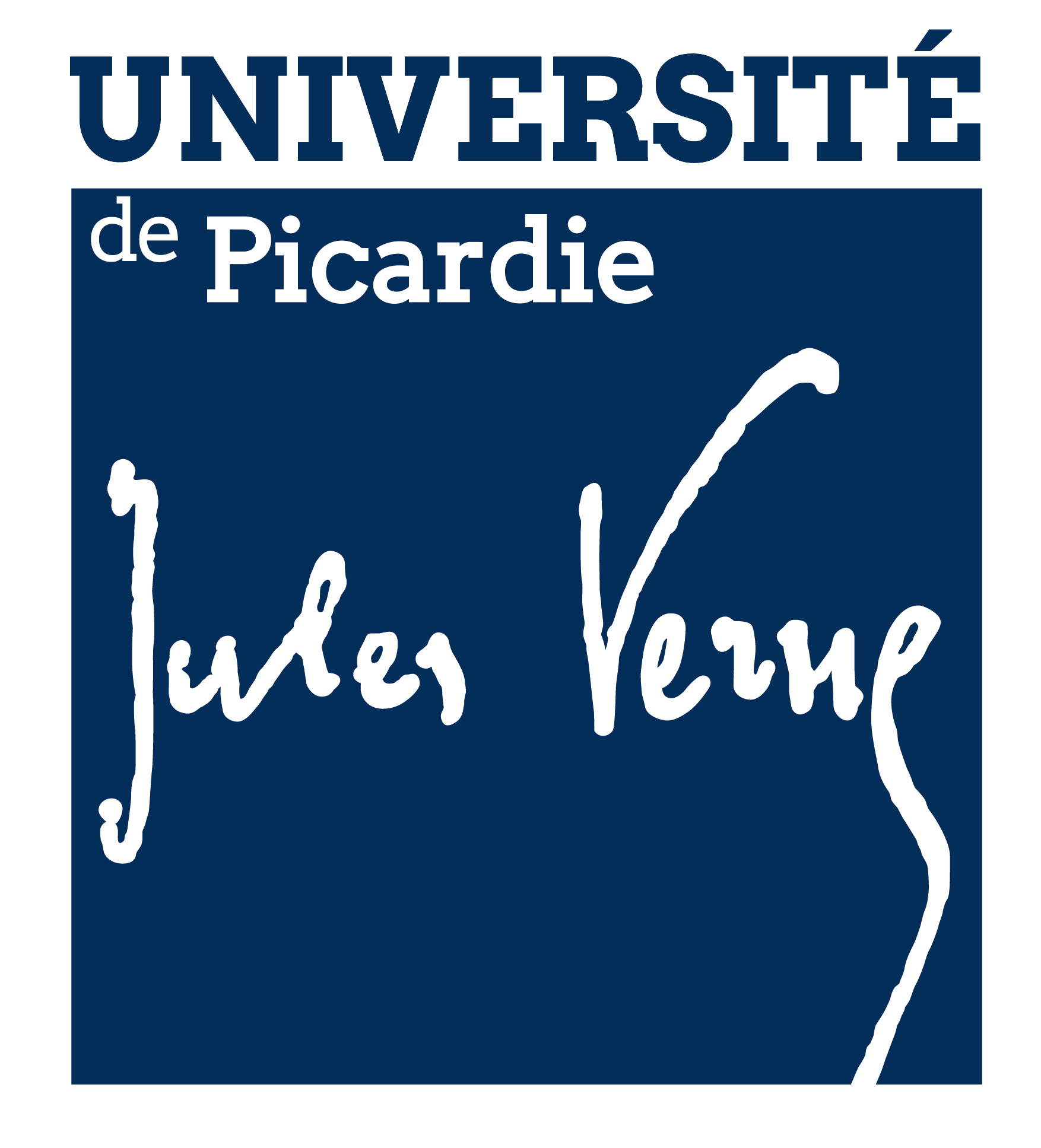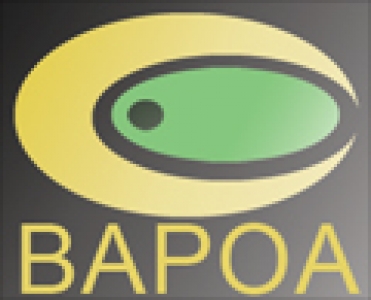-
Bioeconomy
-
Cultural and creative industries
-
Energy and Environment
-
Societal and economic transition & Risk management
Ecology and Dynamics of Anthropized Systems (EDYSAN)
Research unit - UMR 7058
EDYSAN is labelled as a UMR 7058 CNRS - UPJV research unit. Our fifty
or so members (lecturer-researchers, researchers, PhD students, etc.) are interested in the effects of so-called "global" changes on ecosystems and
agrosystems.
Our research theme corresponds to the multiscale and integrated analysis of the dynamics of production spaces and systems (agrosystems and forestry
systems) in the context of global changes (global warming, changes in land use and practices, biological invasions, atmospheric fallout). This unique theme is primarily a fundamental research area, but includes several application projects.
Three thematic axes have been defined and allow us to articulate our work:
• Axis 1: Ecological intensification of production systems
This axis consists of systemic and integrated approaches to increase the sustainability and resilience of agrosystems and forest ecosystems.
• Axis 2: Functional ecology of forest neo-ecosystems
The interdisciplinary studies carried out target ecosystems dominated
by invasive alien species, in order to understand their establishment and
functioning.
• Axis 3: Historical ecology of forests and landscapes
The aim is to explore the influence of the past on the present in order to anticipate the future impact of our present activities on biodiversity and the functioning of ecosystems.
-
Frédéric Berquin
Secretary -
Guillaume Decocq
Director -
Franck Krawczyk
Secretary
1 rue des Louvels
80037 AMIENS Cedex 1
https://www.u-picardie.fr/edysan/

Effectif
Effectif total : 67
Personnel de recherche : 44
Personnel d'appui à la recherche : 13
Skills
- Research likely to provide solutions is to draw inspiration from the complex functioning of “natural” ecosystems to design and implement productive and sustainable agriculture/forestry, more efficient in terms of inputs and less harmful to the environment, To improve the suitability between cultivated varieties and cropland, to develop new techniques for pest and pathogen control.
In other words, it is a question of designing innovative agrosystems on a scale, not only cultivated plots, but entire territories whose homeostasis and resilience to natural (e.g., climate change) and anthropogenic forcings must be increased. (e.g. chemical inputs), to make agricultural territories with high environmental value.
Axis 2: Functional ecology of forest neoecosystems
- Study of forest ecosystems as areas of production, but also often reservoirs of biodiversity capable of providing goods and services to human societies, especially agriculture.
- Study of the pressures on these forest (e.g., global warming) and biotic (e.g., biological invasions), and anthropogenic (e.g., fragmentation) ecosystems, and their effects on their biodiversity, functioning and, As a result, the goods and services they deliver are modified in relation to more “natural” and not fragmented forest ecosystems.
Transversal axis: Historical ecology of forests and landscapes
An original approach that has been developed within the unit for more than a decade to understand the effects of long-term changes on biodiversity and ecosystem functioning, It consists in analysing the present as an interpretative model of the past and the past as the historical fact from which the present is derived.
Building on the expertise we have acquired, we want to develop a true historical ecology of forests and landscapes.
Example(s) of projects
• Archaeofen: The objective of the Archaeofen project is to characterize the paleoenvironmental conditions of peat establishment and erosion during the Holocene. 🡭
• Proverbio: The PROVERBIO project aims at the development of an innovative biological control technique through the use of parasitoid insects adapted to temperate regions and having no impact on the environment, in order to fight against the pests of pears,apple and strawberry trees. The project focuses on the most problematic pests of these crops, because they are active very early in the season and at low temperatures: the apple ash aphid, the pear psylla and the strawberry aphids. 🡭
Example(s) of publications
2. Valdés, Alicia, Jonathan Lenoir, Pieter De Frenne, Emilie Andrieu, Jörg Brunet, Olivier Chabrerie, Sara A. O. Cousins, Marc Deconchat, Pallieter De Smedt, Martin Diekmann, Steffen Ehrmann, Emilie Gallet‐Moron, Stefanie Gärtner, Brice Giffard, Karin Hansen, Martin Hermy, Annette Kolb, Vincent Le Roux, Jaan Liira, Jessica Lindgren, Ludmilla Martin, Tobias Naaf, Taavi Paal, Willem Proesmans, Michael Scherer‐Lorenzen, Monika Wulf, Kris Verheyen, and Guillaume Decocq. 2020. “High Ecosystem Service Delivery Potential of Small Woodlands in Agricultural Landscapes.” Journal of Applied Ecology 57(1):4–16. 🡭
3. Staude, Ingmar R., Donald M. Waller, Markus Bernhardt-Roemermann, Anne D. Bjorkman, Jorg Brunet, Pieter De Frenne, Radim Hedl, Ute Jandt, Jonathan Lenoir, Frantisek Malis, Kris Verheyen, Monika Wulf, Henrique M. Pereira, Pieter Vangansbeke, Adrienne Ortmann-Ajkai, Remigiusz Pielech, Imre Berki, Marketa Chudomelova, Guillaume Decocq, Thomas Dirnboeck, Tomasz Durak, Thilo Heinken, Bogdan Jaroszewicz, Martin Kopecky, Martin Macek, Marek Malicki, Tobias Naaf, Thomas A. Nagel, Petr Petrik, Kamila Reczynska, Fride Hoistad Schei, Wolfgang Schmidt, Tibor Standovar, Krzysztof swierkosz, Balazs Teleki, Hans Van Calster, Ondrej Vild, and Lander Baeten. 2020. “Replacements of Small- by Large-Ranged Species Scale up to Diversity Loss in Europe’s Temperate Forest Biome.” Nature Ecology & Evolution 4(6):802-+. doi: 10.1038/s41559-020-1176-8.]
4.Lenoir, J.; Gril, E.; Durrieu, S.; Horen, H.; Laslier, M.; Lembrechts, J. J.; Zellweger, F.; Alleaume, S.; Brasseur, B.; Buridant, J.; Dayal, K.; De Frenne, P.; Gallet‐Moron, E.; Marrec, R.; Meeussen, C.; Rocchini, D.; Van Meerbeek, K.; Decocq, G. Unveil the Unseen: Using LiDAR to Capture Time‐lag Dynamics in the Herbaceous Layer of European Temperate Forests. Journal of Ecology 2022, 110 (2), 282–300. 🡭
5. Denoirjean, T.; Ameline, A.; Couty, A.; Dubois, F.; Coutte, F.; Doury, G. Effects of Surfactins, Bacillus Lipopeptides, on the Behavior of an Aphid and Host Selection by Its Parasitoid. Pest Management Science 2022, 78 (3), 929–937. 🡭
All publications can be found here : 🡭
Collaborations/Partners/Scientific clients
Kendaï University, Japan
Clemson University, USA
Many units from INRAE and CNRS inFrance
Collaborations/Partners/Private Clients
Services provided
Consulting services
Biological materials
Affiliated institutions / organisations
Groups/Networks/Federations
Doctoral schools
Regional strategic areas of activity
- Bioeconomy
- Sustainable production and mobilization of bioresources
- Cultural and creative industries
- Virtual Reality, Augmented Reality, 3D and 360° Interaction
- Energy and Environment
- Biodiversity
- Observation, monitoring and management of the environment
- Societal and economic transition & Risk management
- Industrial and territorial ecology
- Resilience, risk factors and fragility
- Territories, heritage and culture



